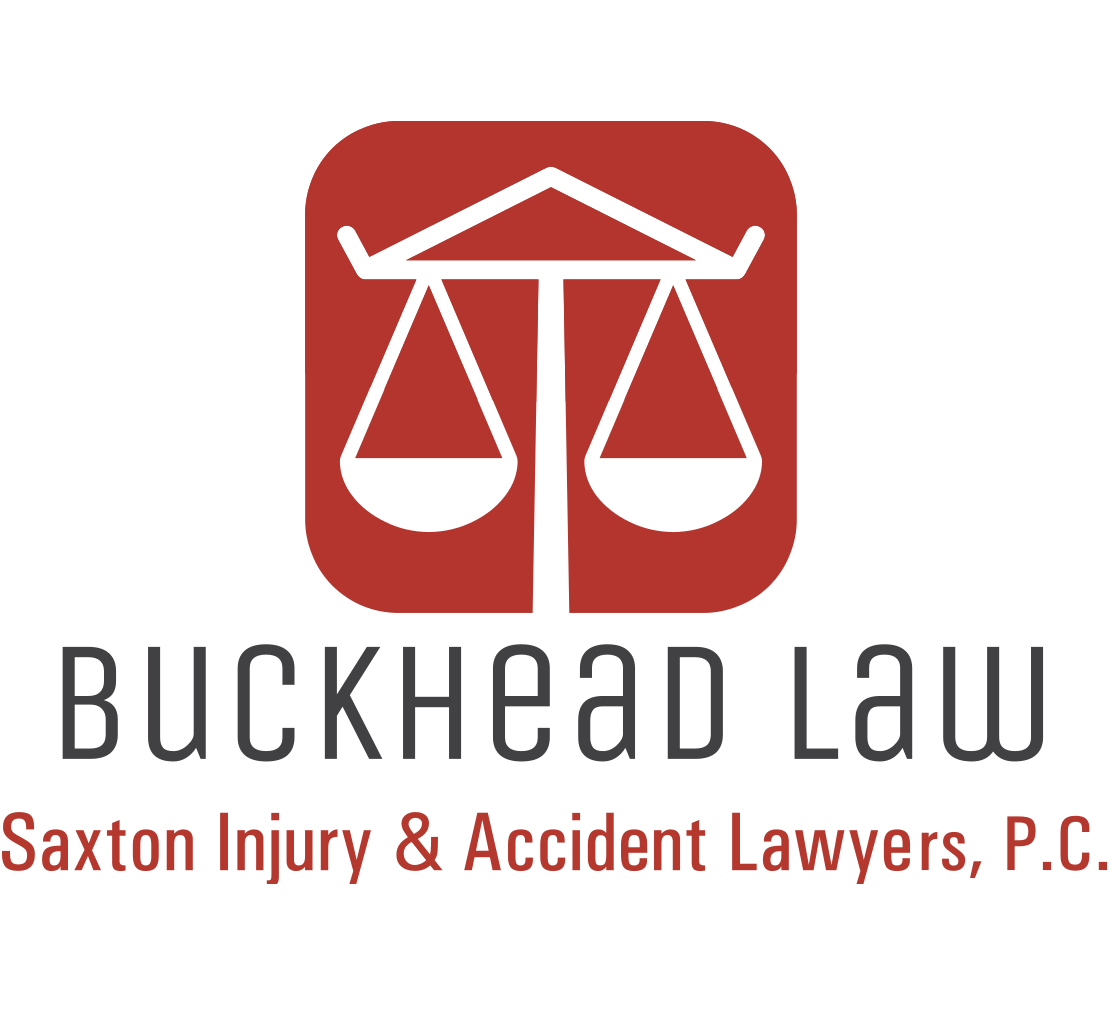Accidents involving ridesharing services not only cause pain to victims, but they also create headaches when it comes to the claims process. Companies like Uber and Lyft protect themselves from liability, and their insurance coverage for drivers depends on the app’s usage.
Understanding the nuances of a rideshare accident can get complicated, especially if you’ve never been in a serious collision before. If you suffered injuries in a collision, equip yourself with information about how liability works, how to pursue compensation, and when to ask for help from a car accident lawyer.
You Could Pursue Damages Regardless of Your Role in the Rideshare Accident
The claims process exists to allow injured people to recover compensation for their injury-related losses.
You could seek damages through a claim or lawsuit if you were hurt as a:
- Rideshare driver
- Third-party motorist
- Rideshare passenger
- Pedestrian or bicyclist
The exact steps for pursuing compensation depend on your role in the accident. A lawyer can sort out these details so you can focus on healing.
Driver Error Is the Leading Cause of Rideshare Accidents
As the University of Chicago points out, the popularity of rideshare services hasn’t reduced the number of cars on the road. That means the number of accidents hasn’t decreased, either. In fact, some people have opted to use Uber or Lyft instead of public transportation, driving up the need for vehicles. Consequently, the study connected ridesharing to a three-percent increase in traffic fatalities.
Rideshare accidents happen when motorists:
- Drive while drowsy, drunk or drugged
- Drive while distracted, such as by texting
- Follow other cars too closely
- Weave in and out of traffic
- Make improper turns
- Fail to yield or heed signs or signals
- Speed
As gig workers who rely on fares, some drivers may feel incentivized to engage in certain behaviors, like speeding, to get their passengers to their destination faster. The same could be true of actions like failing to yield or running red lights; a driver in a rush may break the rules.
Distracted Driving Is a Huge Factor in Rideshare Accidents

Because rideshare drivers operate through an app, they may take their eyes off the road to check on ride requests, the status of their trip, or for directions. Yet, the National Highway Traffic Safety Administration (NHTSA) reports that looking away from the road for five seconds at 55 miles per hour means you could travel the length of a football field before you look at the road again.
Drivers must follow the rules of the road, whether they’re driving independently or for a rideshare service. This means keeping their hands, eyes, and attention on the road. Failure could constitute negligence.
You Can File an Insurance Claim or Lawsuit After a Rideshare Accident
In the aftermath of a rideshare accident, your specific options depend on your circumstances. To recoup damages, you could:
File an Insurance Claim
The liable insurance policy may depend on where you live. For instance, for so-called no-fault states, you typically file a claim with your own personal injury protection (PIP) coverage. This offers coverage for your medical bills and some of your lost income.
If you live in an at-fault state, you usually file a claim with the at-fault party’s insurance provider. Both Uber and Lyft offer insurance coverage to those hurt in accidents. How much these policies cover depends on the rideshare driver’s status at the time of the collision. Whether they were actively completing a request plays a role in your pursuit of damages.
File a Personal Injury Lawsuit
Most injured claimants resolve their cases through insurance claims.
Yet, you may need to file a lawsuit to recover damages if:
- The cost of treating your injuries exceeds the liable insurance policy.
- The insurer refuses to offer a fair settlement or denies your claim.
- All parties can’t agree on the terms or circumstances of the crash.
Rather than considering this a last-resort measure, look at lawsuits as just another way to resolve disputes. In many cases, filing a lawsuit can bring everyone to the bargaining table, resulting in a settlement out of court. Others continue to trial.
Personal injury lawsuit deadlines vary by state, so make sure to check on the statute of limitations in your area. If a rideshare accident sadly resulted in the loss of a loved one, the deadline for filing a wrongful death lawsuit may differ from the deadline for personal injury cases.
Liability for Your Rideshare Accident Depends on the Collision’s Details
One or more of the following parties could have liability for your rideshare accident:
Uber, Lyft, or Another Company
Rideshare companies go to great lengths to avoid liability when accidents happen. They are not classified as transportation services, like taxis, but are instead a matching service between drivers and passengers. In other words, they created an app to link people together. That’s all.
However, this still doesn’t protect Uber and Lyft entirely from liability, and they know it. That’s why both companies offer some insurance protection should their drivers get into accidents.
Both Uber and Lyft offer similar coverage, depending on the rideshare driver’s status:
- If the driver was not on the app, their own insurance pays for any damages. There is no regard to the rideshare aspect.
- If the driver was on the app and waiting for ride requests, both companies offer $50,000 for bodily injury per one person, $100,000 for bodily injury per accident, and $25,000 in property damage costs.
- If the driver was transporting a passenger or headed to pick one up, the injured party could receive $1 million in third-party liability coverage.
You can still pursue a lawsuit against a rideshare company under certain circumstances. For example, if Uber hired a driver despite their history of causing accidents, you could hold Uber liable for not properly vetting its operators.
Rideshare Operators and Other Drivers
If the Uber or Lyft driver wasn’t logged into the app when they hit you (or if the company shifts blame onto them for whatever reason), you can pursue the driver individually.
How you proceed depends on if:
- The rideshare driver is uninsured or underinsured. While this could complicate matters, you still have financial recovery options. For instance, you could file an uninsured motorist accident claim with your own insurer. You could also file a lawsuit.
- The rideshare driver has insurance but no rideshare endorsement. Without a rideshare endorsement, a driver can’t seek damages from their insurance provider. If Uber or Lyft also denies coverage, they are essentially uninsured. In this and other circumstances, you may need to pursue a personal injury lawsuit to recoup your losses directly from the driver.
- Another driver caused the accident. If a third driver was involved in the accident, they could share responsibility with the rideshare motorist. Some accident scenarios might even leave that driver entirely at fault. Since multi-car collisions often lead to disputes over fault and responsibility, an independent investigation by your lawyer can determine how to determine accountability.
Manufacturers and Other Third Parties
Maybe the other car involved in your rideshare accident had defective tires, or a mechanic incorrectly installed a crucial part that then failed. In these situations, the responsible party isn’t the driver but another third party.
Liable parties in these accident scenarios include:
- Car manufacturers
- Product designers
- Auto shops
- Maintenance workers
- Tire companies
Your lawyer can determine whether multiple parties share liability for your losses. For example, the driver may have hit you, but your airbag may have also failed to deploy, or your seatbelt malfunctioned. That means you can pursue damages from a third party in addition to the driver.
Government Entities
Cities, states, and other government entities must maintain public roads. If they didn’t address a road defect, fill potholes, or provide proper signage, they are sometimes responsible for accidents. A rideshare motorist that struck a pothole, blew a tire, or sideswiped you might share responsibility with a city.
Government entities are also responsible for accidents that involve public transportation. If your crash involved a rideshare vehicle and a city bus, for example, your rideshare accident attorney could pursue damages from a government entity.
Because they involve government agencies, these cases often have different deadlines than other accidents. If you suspect carelessness on the part of a municipality in your rideshare crash, don’t hesitate to consult an attorney about filing a suit.
You Could Seek These Damages Following a Rideshare Accident
Financial recovery should cover all aspects of your life affected the rideshare accident.
Those damages could include:
- Medical care
- Rehabilitation
- Mental health support
- Assistive equipment, such as wheelchairs
- Prescriptions
- Lost earnings
- Reduced ability to earn
- Pain and suffering
- Changed quality of life
- Disfigurement
- Anything you spent out of pocket, such as on transportation arrangements
Your settlement should account for your past, present, and future injury-related hardships. That way, after your case ends, you have the funds you need to start rebuilding your life.
Frequently Asked Questions About Rideshare Accidents
In the aftermath of your rideshare accident, you may have these questions about seeking damages:
Can I Pursue Damages if I Was in a Rideshare Vehicle?
As noted, you can pursue damages if you were hurt as a driver or passenger in a rideshare accident. Your lawyer can use traffic camera footage, information from the rideshare app, and accident reconstruction data to assert your right to damages.
How Long Does It Take to Recover Damages After a Rideshare Collision?
The time it takes to resolve your case depends on the evidence you have and other factors. There’s only so much you can do to press your case forward. If your case stalls, reach out to a lawyer. A lawyer who handles rideshare accident cases can prevent any delays from impeding your right to fair compensation.
What Should I Do After a Rideshare Accident?
You should seek medical attention after any collision, even those that happen at low speeds. A doctor can diagnose any underlying conditions and put you on the road to recovery. In addition to seeking medical care, you should also keep all information related to your case.
For instance, if you were injured as a passenger in a rideshare vehicle, you should screenshot information from the app. You should also take photos of your injuries throughout your recovery period.
What Injuries Allow Me to Seek Damages After a Collision?
You could seek compensation if a rideshare accident caused you:
- Traumatic brain injuries
- Spinal cord trauma
- Broken bones
- Nerve damage
- Soft-tissue injuries, including strains, sprains, and whiplash
- Internal bleeding
- Organ damage
- The loss of one or more limbs
- Mental health complications, including post-traumatic stress disorder (PTSD)
You can seek damages even if you don’t see your specific condition listed above.
How Much Can I Seek After a Rideshare Accident?
How much you can seek after a rideshare accident depends on the accident, your injuries, and the cost of your financial losses. The insurance company may say that your damages are worth one value, when really, they’re worth another. Here, you may consider partnering with a lawyer. They can use their resources to evaluate your losses and how much you should recover.
A Rideshare Attorney Can Offer Resources After an Accident

Rideshare accidents can quickly get complicated, especially when disputes over liability arise. It’s natural to have questions if you were in one. To get answers, you should consider reaching out to a lawyer in your area. They can assess your losses, determine liability, and advocate for what you deserve. As noted, the law sets a deadline to file a lawsuit. Consider your options and call a personal injury attorney in Atlanta sooner rather than later.
